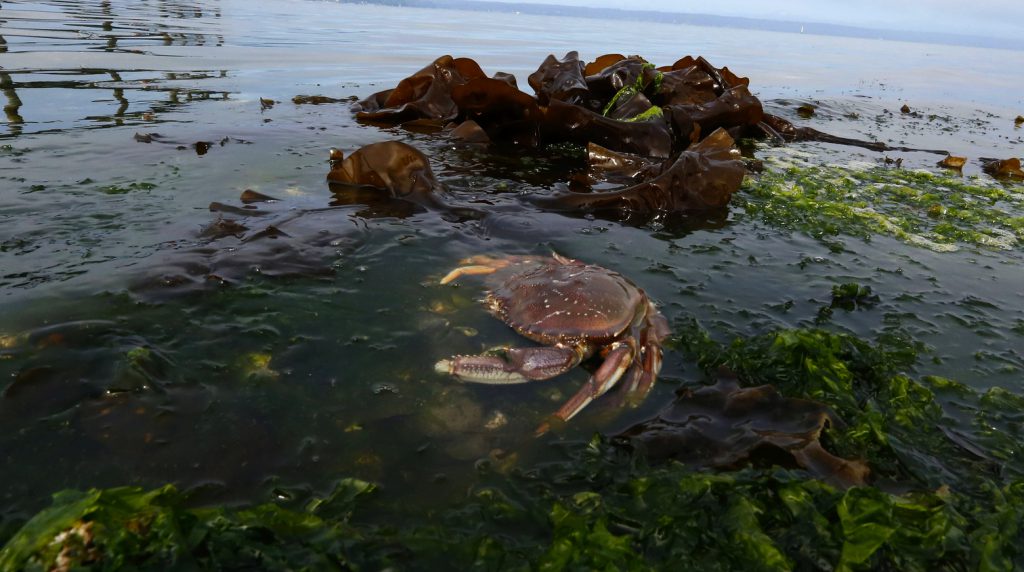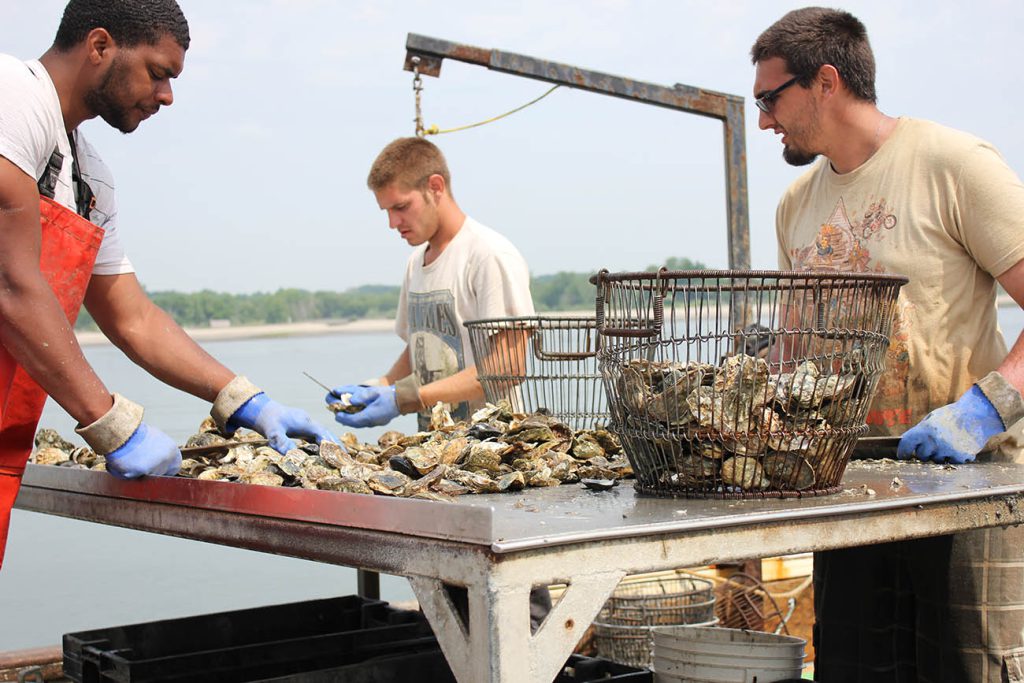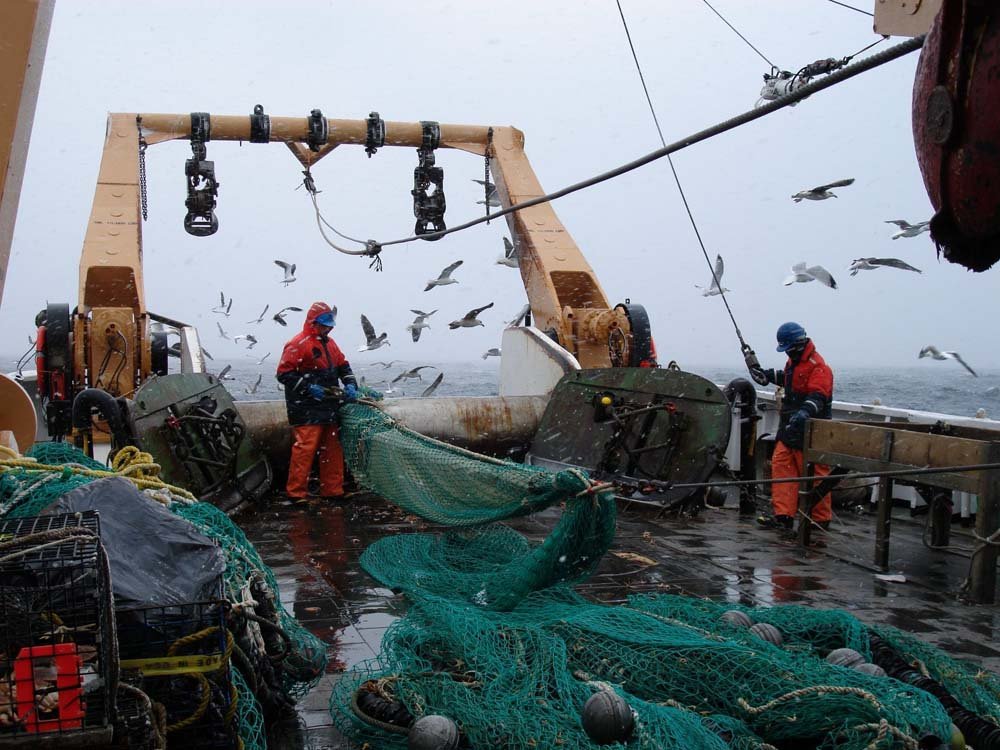Study predicts decline in Dungeness crab from ocean acidification
Dungeness crab are forecast to take a hit from ocean acidification driven by fossil- fuel combustion, according to a study released this past week. Though the populations of the Dungeness crab fluctuate year by year, their overall abundance by 2063 could be about 30 percent lower, according to federal fishery biologist Issac Kaplan, a co-author of the study, “We think that there will be a moderate decline in a species that is really economically important,” said Kaplan of the Dungeness, which were valued at some $220 million during the 2013 West Coast commercial season. Read more
Study predicts decline in Dungeness crab from ocean acidification Read More »










